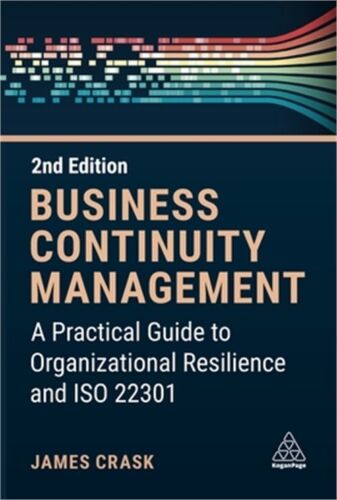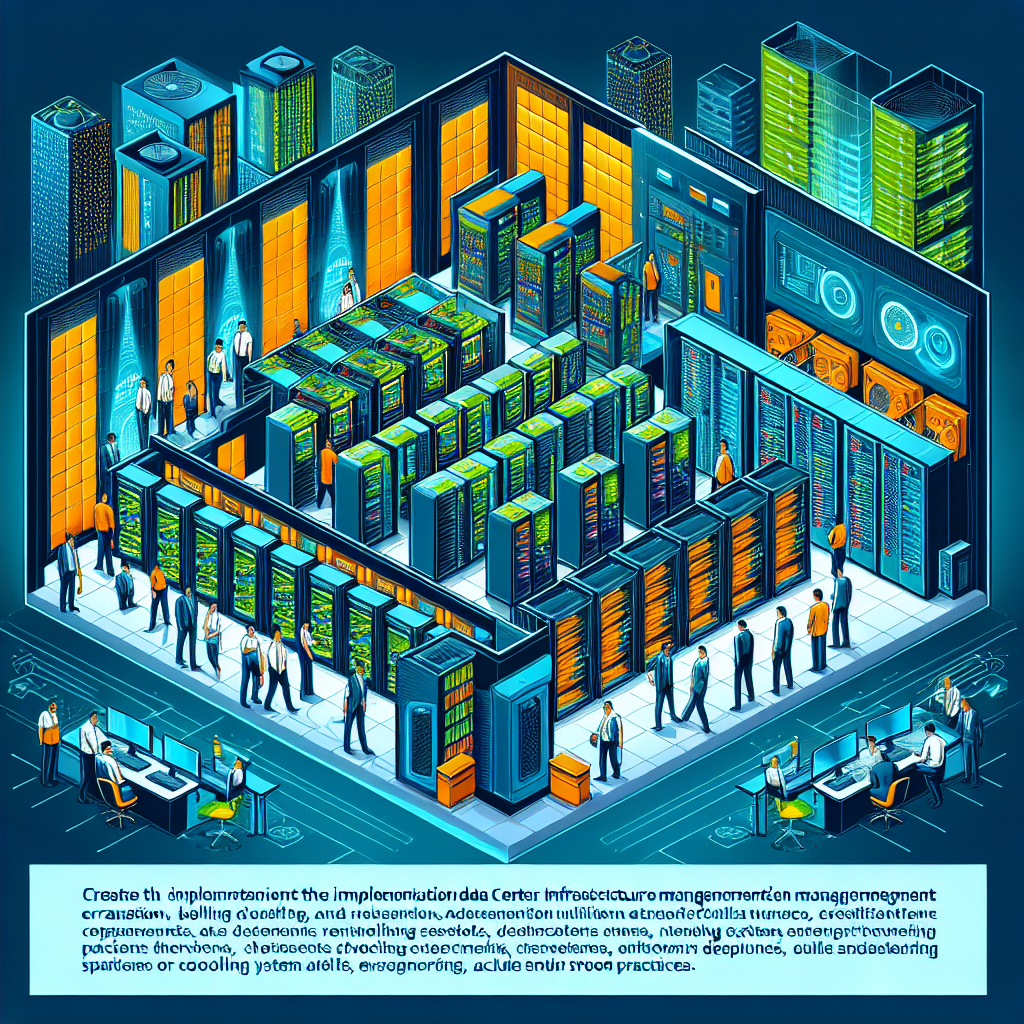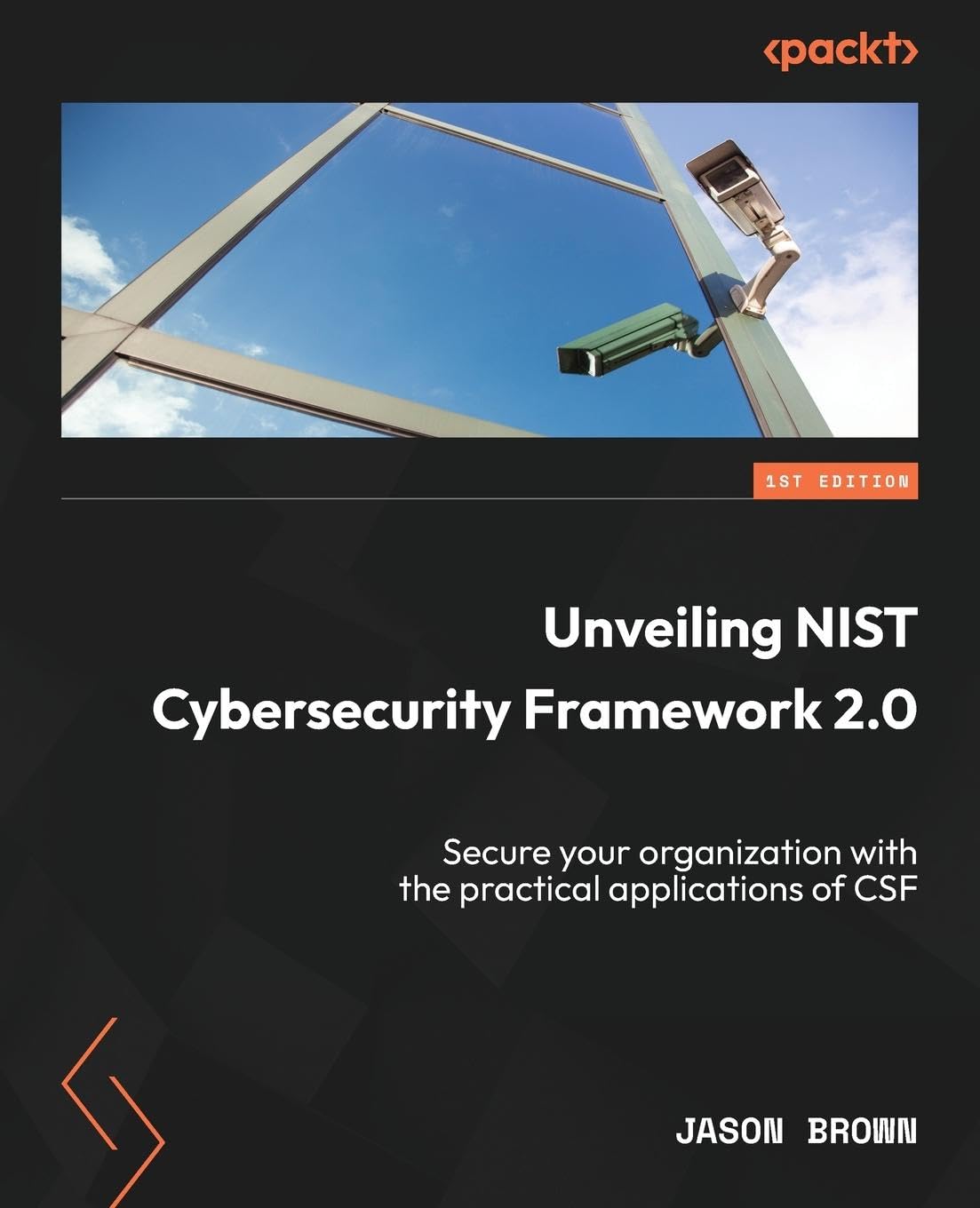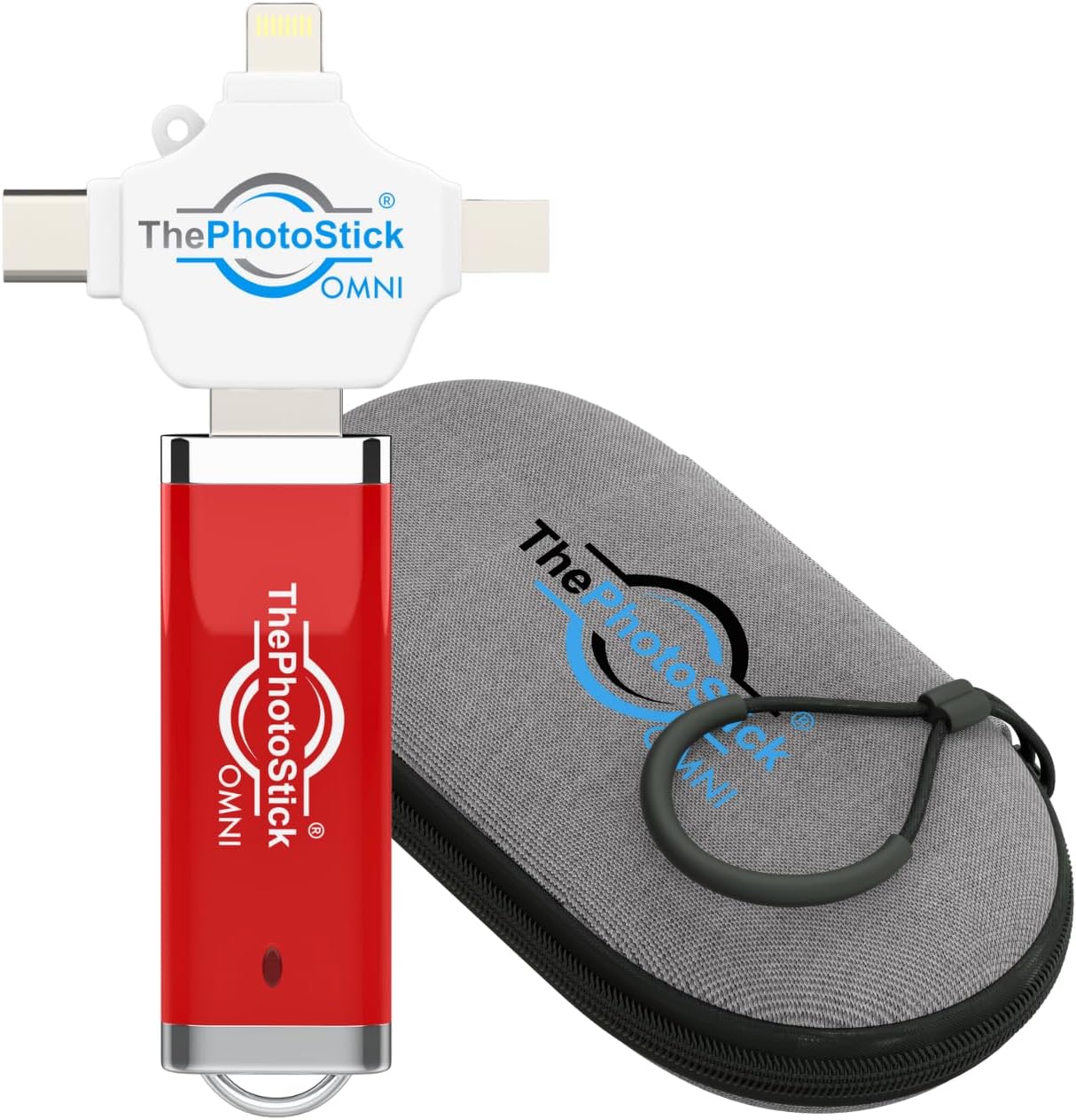In today’s fast-paced and unpredictable business environment, organizations must be prepared to withstand and recover from unexpected crises. Building resilience is key to ensuring the long-term success and sustainability of any organization. One way to achieve this is through effective business continuity planning.
Business continuity planning involves identifying potential risks and developing strategies to mitigate their impact on the organization. By having a comprehensive business continuity plan in place, organizations can minimize downtime, maintain operations, and protect their reputation during times of crisis.
One of the main benefits of business continuity planning is that it helps organizations to adapt quickly to changing circumstances. By having a clear roadmap in place, businesses can make informed decisions, allocate resources effectively, and respond promptly to disruptions. This agility is crucial in times of crisis when rapid action can mean the difference between survival and failure.
Furthermore, business continuity planning can help organizations to build trust and credibility with stakeholders. By demonstrating a commitment to resilience and preparedness, organizations can reassure customers, investors, and employees that they are capable of weathering any storm. This can help to protect the organization’s reputation and maintain customer loyalty even in challenging times.
Another advantage of business continuity planning is that it can help organizations to identify potential weaknesses in their operations and take proactive steps to address them. By conducting risk assessments and scenario planning, organizations can identify vulnerabilities and develop strategies to strengthen their resilience. This can help to prevent crises from occurring in the first place and reduce the likelihood of future disruptions.
In conclusion, building resilience through effective business continuity planning is essential for organizations looking to thrive in times of crisis. By developing a comprehensive plan, organizations can enhance their agility, protect their reputation, and identify and address vulnerabilities in their operations. In today’s uncertain business environment, investing in business continuity planning is not just a good practice – it’s a strategic imperative for long-term success.





























